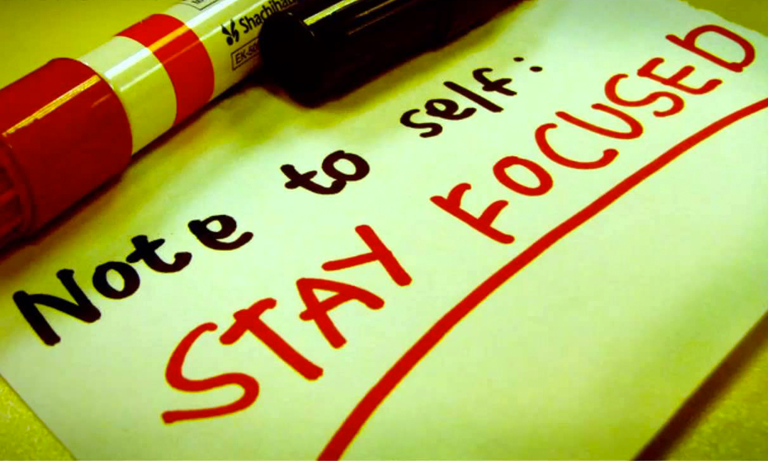 Organisational psychologists found that the main reason otherwise successful and talented leaders fail is the prevalence of their dark side characteristics
Organisational psychologists found that the main reason otherwise successful and talented leaders fail is the prevalence of their dark side characteristicsA new compilation shows not only how dark side personality characteristics can be recognised, but also how can one benefit from their dark side by finding a suitable occupation.
Several studies indicate that bad management costs billions of pounds of lost revenue to any organisation each year – while 65-75% of leaders turn out to be incompetent. This rate is proportional to the levels of employee disengagement, which is at 75%.
In the 1980s, after carrying out extensive research on the subject, organisational psychologists found that the main reason otherwise successful and talented leaders fail is the prevalence of their dark side characteristics.
Every person has a dark side. It comes into the foreground when we stop monitoring our own behavior due to factors like stress, boredom, complacency, or even extreme comfort in our working environment. Often, these behaviors are just the overuse of our strengths.
In 1992, Dr. Robert Hogan defined 11 dark side characteristics (such as bold, mischievous, leisurely, colourful, reserved etc.) of which most of us display about three. Although all of these characteristics can create derailment, a balance of dark and bright side characteristics is also useful and attainable, depending on role requirements.
Is it bad to have a dark side? Not necessarily. The key is not just the balance, but also the compatibility of one’s job with one’s personality. Research by Hogan Assessments shows that bold managers give extraordinarily positive first impressions, and excitable people work with great passion and intensity.
Some jobs benefit from an arrogant personality, such as entrepreneurs, lawyers or a media figures – but that can be more problematic for home care assistants, nurses and doctors. There are also differences in which kind of dark side characteristic one possesses: colourful leaders are evaluated as far better by their bosses than their reserved counterparts.
On the other hand, a manager who isn’t remotely excitable can turn out to be dull and uninspiring, a low score on imaginative mayshow lack of vision, or a high cautious suggests indecisiveness.
Zsolt Fehér, Managing Director of Hogan Assessments Europe, recommends taking the following 5 steps to recognise and leverage dark side characteristics:
Listen to feedback from colleagues. Dark side characteristics become prominent when stressed or bored, which impacts one’s reputation. The focus becomes centered on negative characteristics rather than positive ones. Listening to feedback from peers and superiors allows us to better manage our reputations
Be coachable. Pay attention to formal evaluations, and try to read between the lines to pick out subtle, indirect criticism .
Learn from conflicts. What was the main reason for the conflict? What was disturbing about each other’s behavior?
Reflect on those around you. Is a manager treating her subordinates differently than others? How does she talk to them? This can tell a lot about a manager’s dark side.
Set up new behaviors. If someone is too reserved, he should be proactive in coming up with a new idea in each meeting. If he is colourful, he should listen to others before sharing his brilliant new idea.
The entire dark side doesn’t need to be tamed, just the characteristics that lead to derailment. There is just one thing that is harder than changing someone’s behaviours: changing someone’s reputation. But with time and practice, everyone will feel more and more comfortable in their new roles – which is beneficial for the whole workplace.
Recruiters love this COMPLETE set of Accredited Recruitment & HR Training – View Training Brochure








